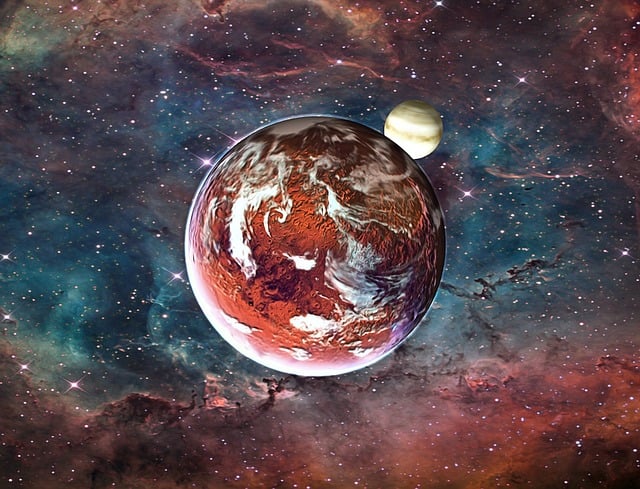A newly discovered planet, GJ 251 c, may offer humanity its best chance yet to detect alien life. Lying less than 20 light years away, the world is classified as a “super-Earth” – a rocky planet similar to our own but significantly larger. Researchers suggest that such planets could be prime candidates for discovering extraterrestrial life.
++ Giant jellyfish filmed lurking off Washington shoreline
GJ 251 c lies within the so-called “Goldilocks Zone”, a distance from its star where conditions might allow liquid water to exist on its surface. Scientists identified it using the Habitable-Zone Planet Finder, a survey specifically designed to locate planets in this life-friendly region.
The discovery relied on more than 20 years of astronomical data, collected from multiple telescopes. Researchers first analysed a known planet in the system, GJ 251 b, but further investigation revealed the gravitational “wobble” of a much larger, previously undetected planet – later confirmed as GJ 251 c.
++ State Pension to rise by 4.8% from April 2026
While direct observation of the planet is not yet possible, astronomers hope upcoming telescopes will allow them to study it in detail. Suvrath Mahadevan of Penn State, co-author of the study, said: “We made an exciting discovery, but there’s still much more to learn about this planet.” The findings are detailed in a new paper in The Astronomical Journal.





